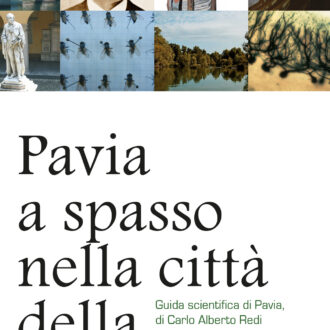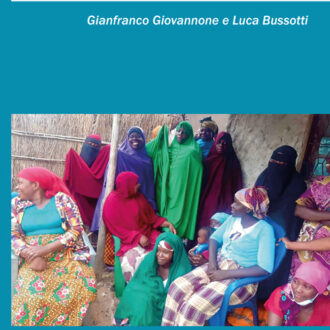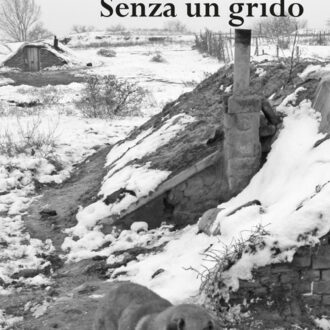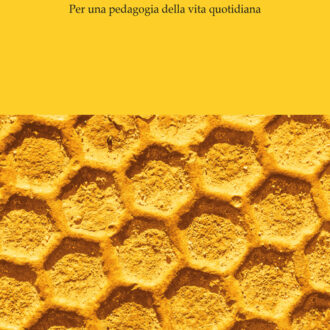ABSTRACT
Nel 1811 Désaugiers e Gentil de Chavagnac scrivono L’Ogresse, ou La Belle au bois dormant, un vaudeville-folie-comi-parade, adattamento teatrale in chiave comico-parodica dell’omonima fiaba di Perrault. Piccolo capolavoro posto all’incrocio fecondo tra più arti nel quale si integrano linguaggi espressivi diversi, la pièce riscuote un grande successo, fa parlare di sé per problemi di ordine pubblico e dubbia moralità, ed è ben presto dimenticata perché destinata al teatro ‘leggero’ e quindi considerata ‘genere minore’. Sulla base di documenti sia a stampa che manoscritti, in questo contributo si danno informazioni e si formulano ipotesi sulle reazioni della censura napoleonica posta di fronte allo ‘scarto’ fra testo scritto e testo rappresentato.
In 1811 Désaugiers and Gentil de Chavagnac wrote L’Ogresse, ou La Belle au bois dormant, a vaudeville-folie-comi-parade, adapted to the theatre in a comic and satirical tone from the famous fairy tale of the same name by Perrault. This minor masterpiece boasted great success through the overlapping of various arts, being disputed for reasons of public order and ambiguous morality both before and after its production. It was soon forgotten, however, bound to survive only in the ‘light’ and ‘minor’ theatre of the vaudeville. Based on handwritten and printed materials, this article makes hypotheses about the intervention of Napoleonic censure in the gap between the completion of the written script and its presentation to the public.












Recensioni
Ancora non ci sono recensioni.